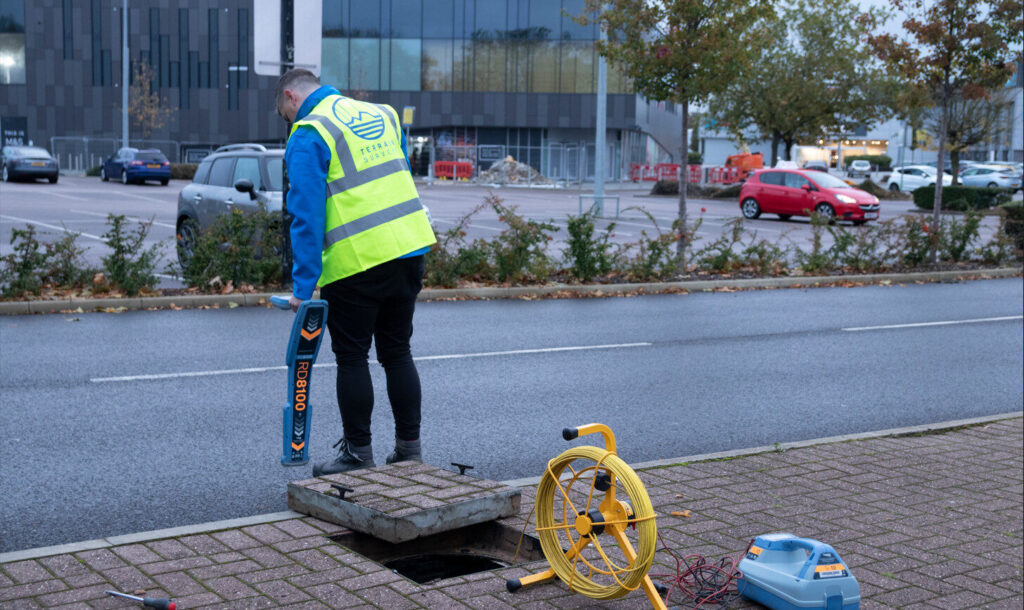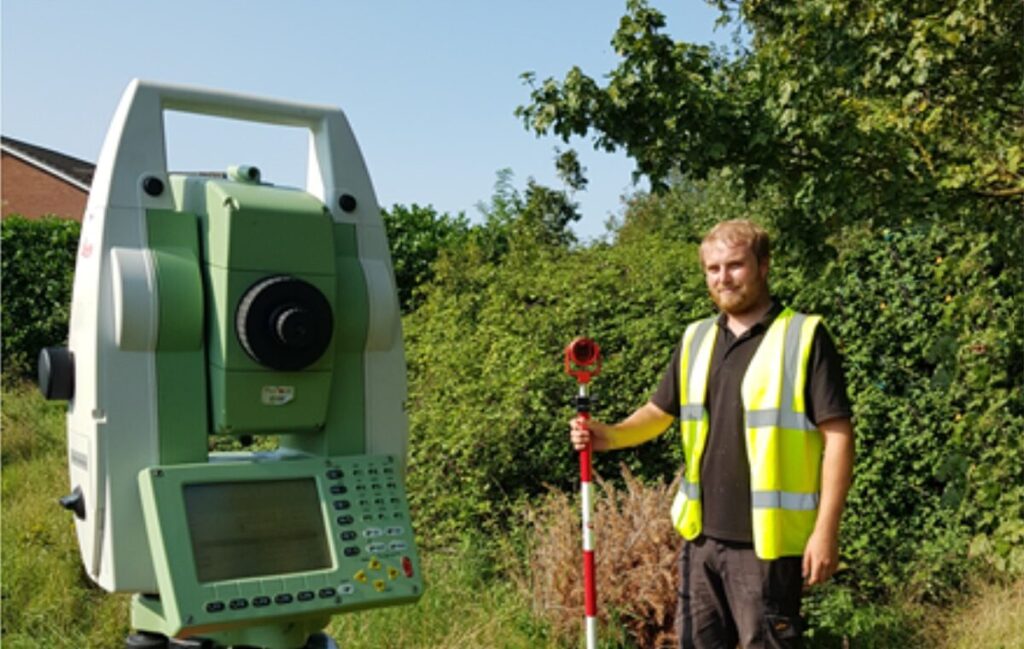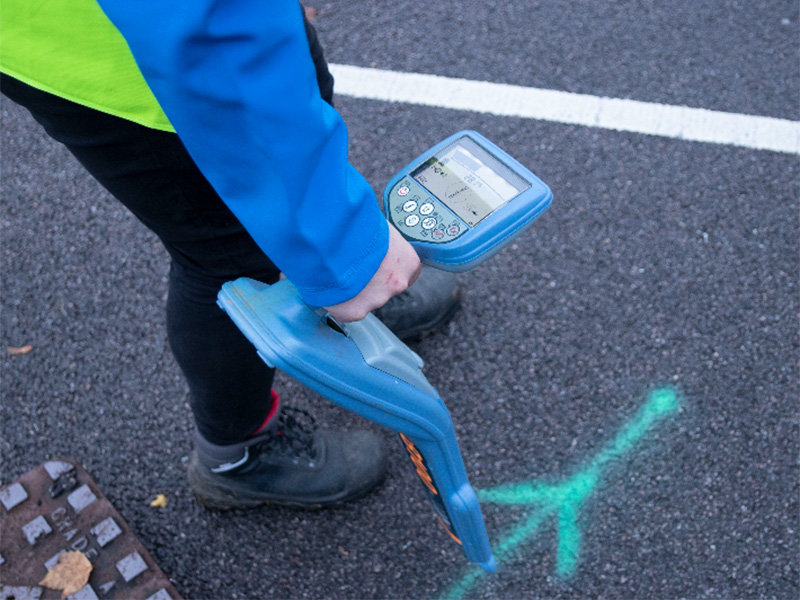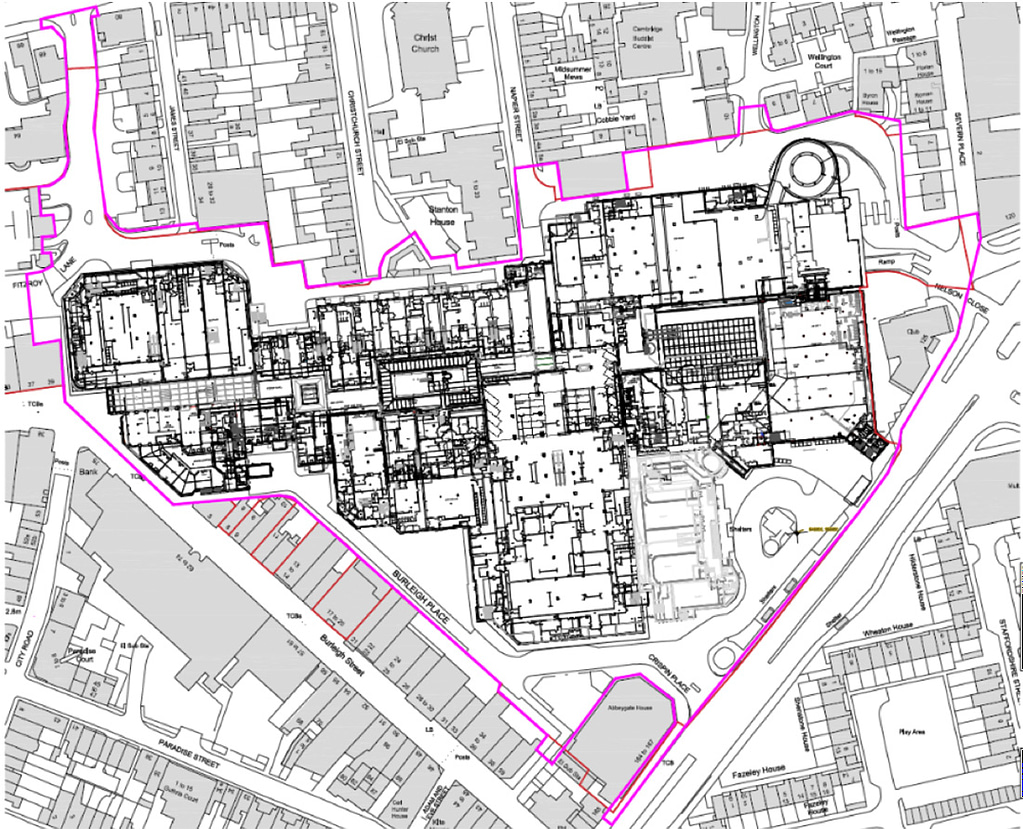The standard, which was revised in 2022, ensures that underground utility mapping surveys are delivered with greater efficiency and clarity.
By closely working to PAS128 standards, all underground utilities, such as electrical networks, sewer pipelines and telecommunication networks are mapped with a high degree of accuracy and confidence.
Critical to many projects, ranging from the construction of a single property to large-scale infrastructure projects, PAS 128 surveys provides clarity and confidence of identifying existing utilities and services within a given area prior to breaking ground, which enables more effective planning and helps to mitigate costly mistakes, delays and damage to the existing utility services.
Over recent years, we have seen an increase in demand for utility surveys, in particular to the PAS 128 standard, as more professionals, such as engineers and design professionals, request utility surveys are undertaken to the standard. PAS 128 contains four survey types, with Type B being the most commonly instructed.
PAS 128 Type B is the most common survey requirement for a construction project. A list of what is included in each survey type is noted below;
• PAS 128 Survey Category Type D refers to a ‘Desktop Utility Records Search’ whereby an offsite survey is undertaken to identify known utility owners within a respective area, with the findings collated and presented in digital format.
• PAS 128 Survey Category Type C Obtains information for Type D followed by a site visit to check the record information against existing site features, with the findings issued within an annotated plan or report.
• PAS 128 Survey Category Type B: Is the most common form of PAS128 Survey we undertake; it obtains information for Type D or Type C, followed by a full on-site detection survey of all underground utilities, using Electromagnetic (EML) and Ground Penetrating Radar (GPR) techniques and methodologies.
• PAS 128 Survey Category Type A: Finally, Type A refers to verification, whereby we would obtain deliverables for Type D, and where available, Type C and/or Type B. We would then agree with the client a place where excavation can take place to verify the exact locations of underground services.
Over the past decade, the standard has become widely adopted throughout the surveying industry, despite it not being compulsory. As well as providing guidelines to surveyors, clients have benefitted from greater clarity. Despite the many benefits of a PAS 128 survey, there are limitations to be aware of. Factors such as the skill and experience of your chosen surveyor, the equipment used and ground conditions can play a role in accurately interpreting the data and delivering a comprehensive PAS 128 survey.
Additionally, although Type B is the most appropriate in the majority of cases, all survey types other than Type A cannot guarantee 100% certainty of service location – the only way this can be achieved is by excavation. Furthermore, for site context, a topographical survey drawing is required so the PAS 128 survey drawing can be interpreted. Our in-house survey team can provide this should you not hold an up-to-date topographical survey.
Since the standard’s introduction, we’re pleased to have undertaken hundreds of PAS 128 surveys. We appreciate that it may not always be clear which survey type is required, and we are therefore always pleased to discuss your project requirements so our experienced team can advise accordingly. With nationwide survey coverage and bespoke quotations within 48 hours, should you have a requirement for a PAS 128 survey, Terrain Surveys would be delighted to assist.





